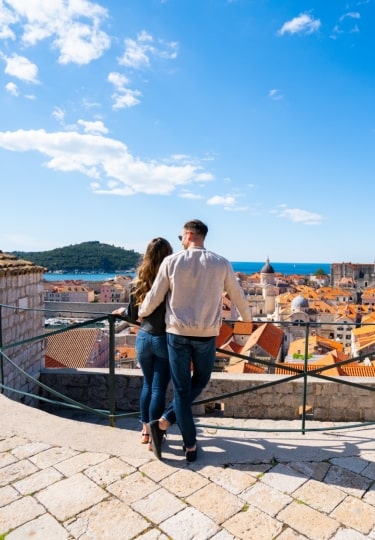The best time to visit Croatia is in the summer months, between May and October. Late spring, which is May and early June, and early fall, September and October, are arguably even better times to go than July and August, as you can expect clear skies, bright sunshine, and fewer crowds in popular destinations like Dubrovnik and Split.
Its many cultural attractions aside, Croatia is a country in which to enjoy the outdoors, from pebbly beaches to pine-clad islands. You’ll get more out of your visit if you time it for when the weather is fine.
Croatia spans some 300 miles from north to south, so temperatures in the south will usually be a couple of degrees higher. Generally, the climate along the coast is similar, whether you’re north of Zadar or south of Dubrovnik.
Visiting Croatia By Season
Summer
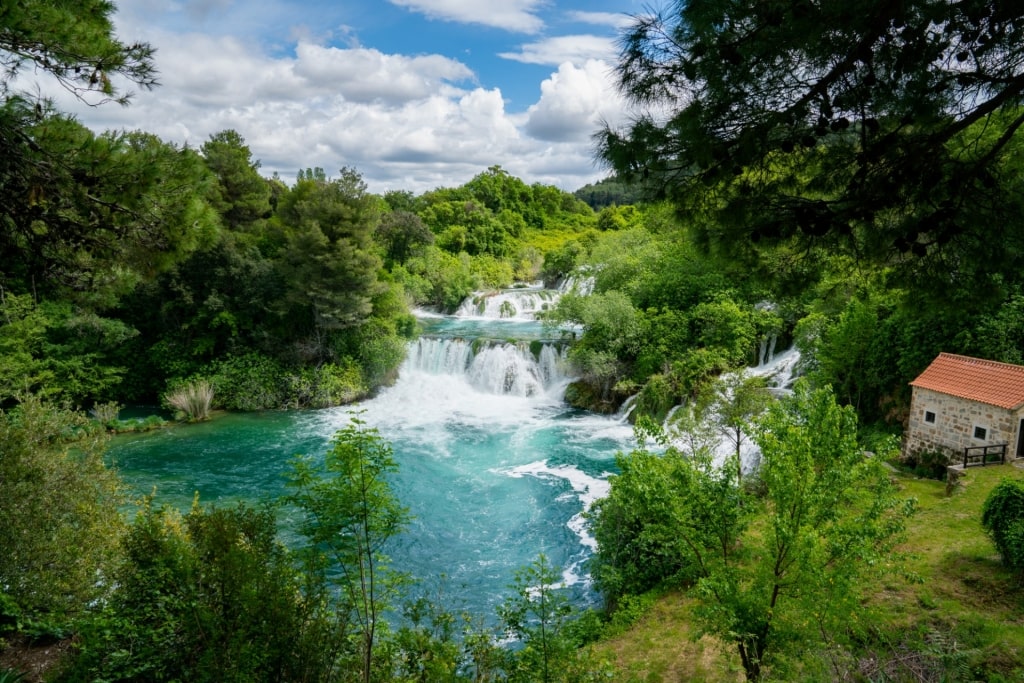
Krka National Park
Of the months of June, July, and August, July is the hottest, with average daily highs of 88°F (31°C) and barely any rainfall. This is a time to take to the water, try kayaking and snorkeling, visit the waterfalls in Krka National Park, and while away long afternoons in the shade of a sunlit square with a carafe of local wine and a platter of local ham and cheese.
If you want to walk the medieval ramparts of Dubrovnik in the height of summer, try to time your visit for early morning or close to sunset, when temperatures will be less intense.
Fall
September is possibly the best time to go to Croatia, with average daily highs of 75°F (24°C) and low rainfall—just 3.6 inches (93mm) on average.
The sea will be blissfully warm for swimming by now and the summer crowds will begin to thin out in cities like Dubrovnik and Korcula, where all the main sites are contained within the city walls and there can be a sense of overcrowding in the peak of summer.
October is still pleasant, with average daily highs of 66°F (19°C), but rainfall is increasing. November is the wettest month, with an average of 6.8 inches (175mm).
Winter
Croatia has cool, often rainy winters, with average temperatures in January between lows of 41°F (5°C) and highs of 52°F (11°C). January is also one of the wettest months, with up to 5.5 inches (141mm) of rain. Temperatures are much lower inland, although snow is rare near the coast.
If you do visit in winter, there’s a sense that cities like Split and Dubrovnik have been returned to their residents. Monuments and museums will be open, but many seasonal restaurants will be closed, and the weather will not lend itself to boat trips and hikes.
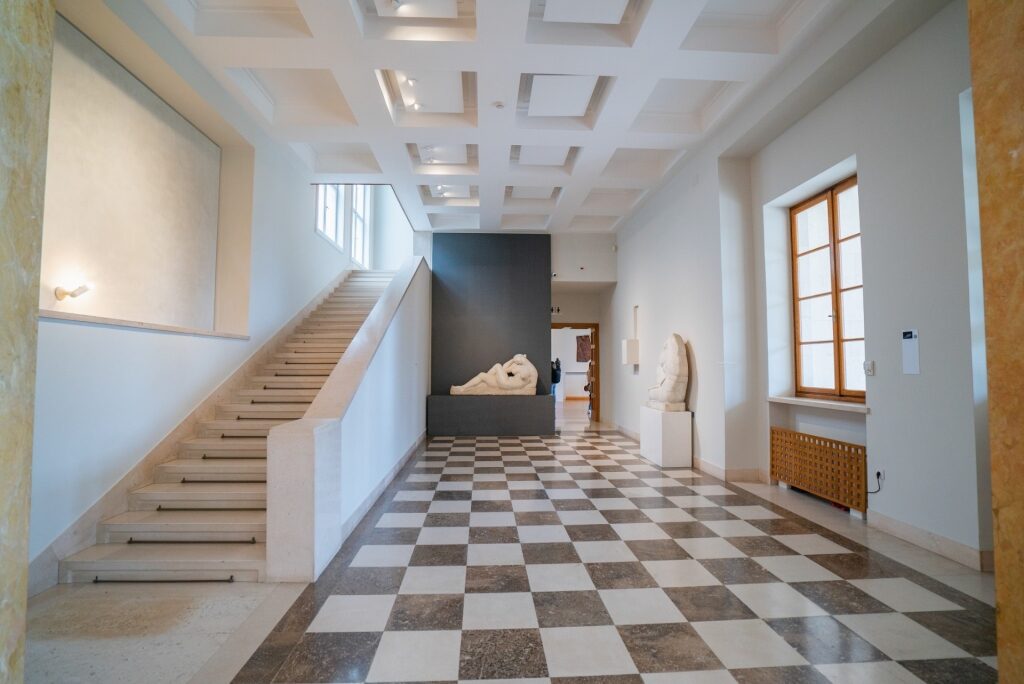
Mestrovic Gallery, Split
Spring
Spring is a wonderful time to visit Croatia, especially late spring, with average highs of 70°F (21°C) by May and rainfall down to 3.3 inches (84mm). Spring flowers are in bloom, everything feels fresh, and the people are rejuvenated after the winter and ready for the season.
The Adriatic will still be brisk for swimming in spring, but there are plenty of opportunities for kayaking, paddle boarding, and boat trips.
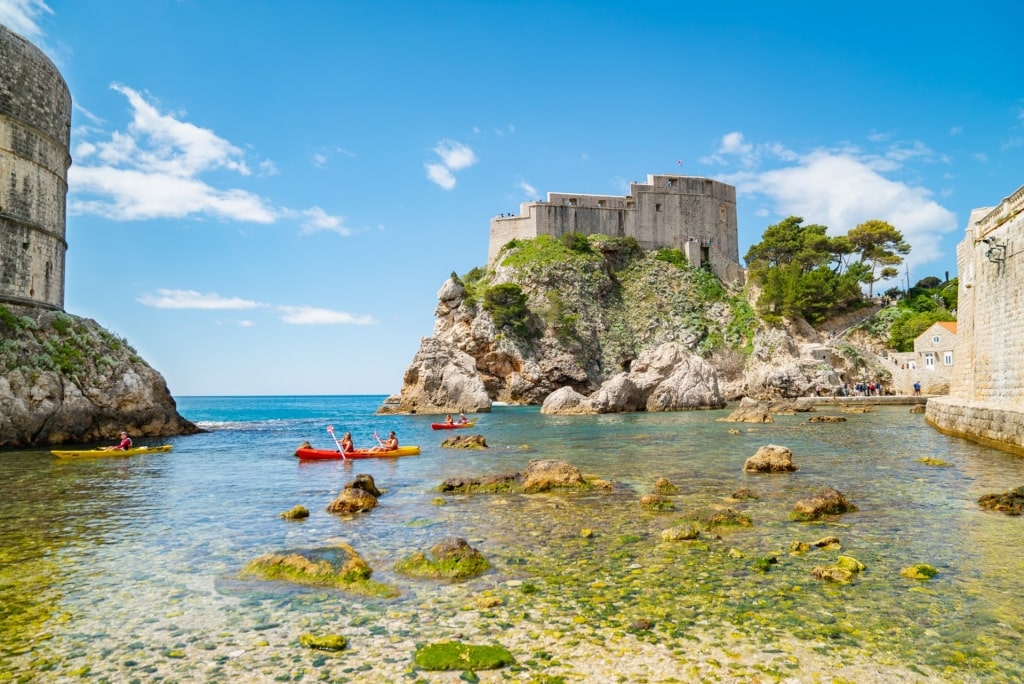
Kayaking in Dubrovnik
When Is Rainy Season?
Croatia’s climate is typically Mediterranean, with the most rain falling between November and March. This is not the best time to visit Croatia, as you could end up facing spells of cool, damp weather.
When Is High Season?
High season in Croatia is July and August, when Northern Europeans head for the beaches of the Mediterranean and the Adriatic. This is a great time to visit for virtually guaranteed sunshine and a lively buzz in all the towns.
Take a break from the beach and cool off in the national parks, where you’ll find hiking, kayaking, canyoning, and river rafting on offer.
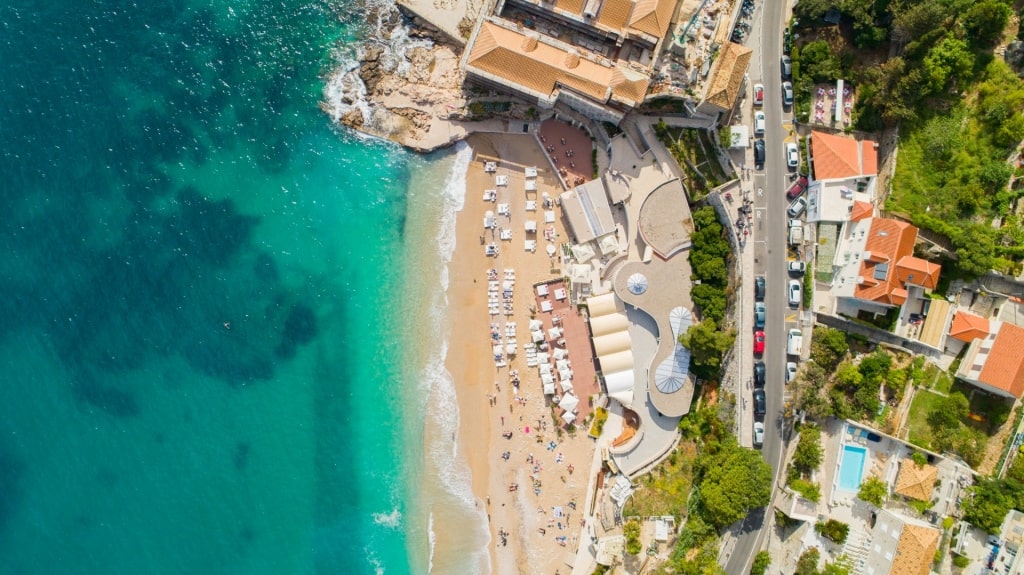
Banje Beach, Dubrovnik
When Is Shoulder Season?
Shoulder season in Croatia is late spring, so May and early June, and the autumn months of September and October. Many visitors find the climate more manageable in these months, and there should still be plenty of sunshine.
When Is Low Season?
Low season is the winter, from November to March. City centers are full of Croatians again (many rent out their homes in summer) and days are cool and sometimes rainy.
Do you want to discover Croatia’s culture and beauty for yourself? Browse Celebrity’s cruises to Croatia and plan your Mediterranean escape.
